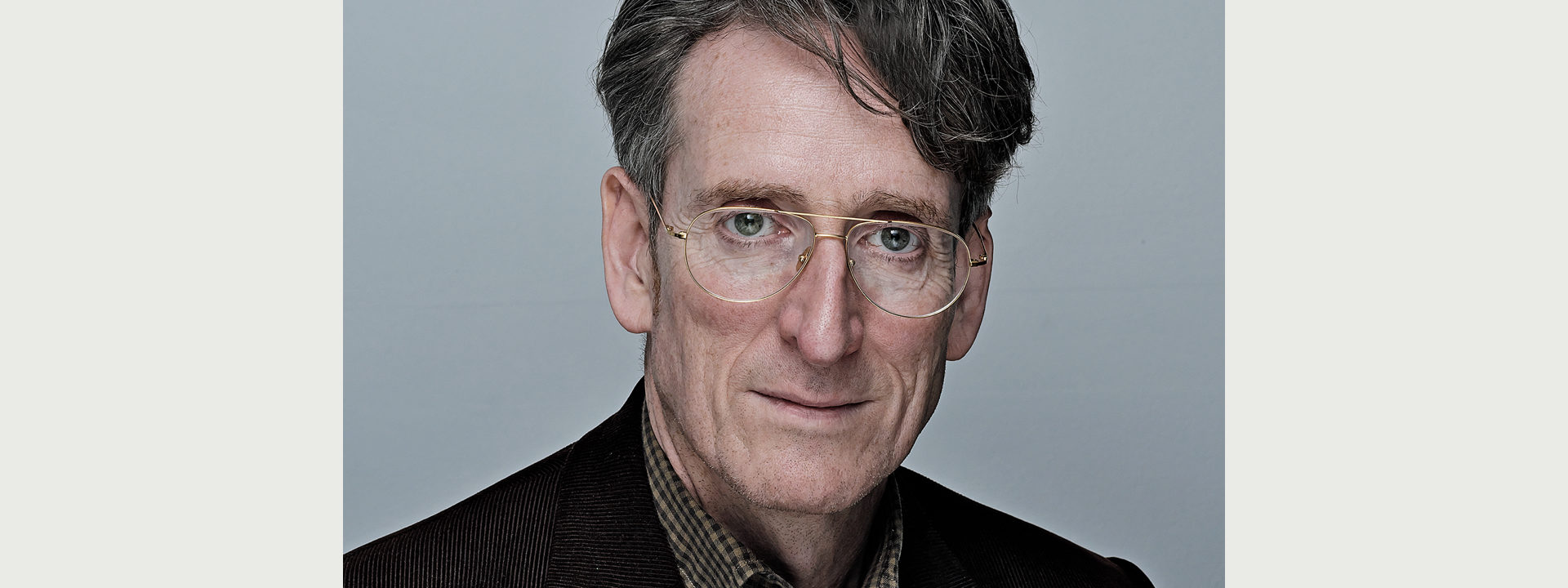Protect the Engine
news
Agency News
Published by
Charles Vallance
Date
21/12/2020
One of the hottest topics for our industry in 2020 (albeit eclipsed by Covid) has been the debate over future agency models.
And it hasn't just been talk. We have seen colossal mergers. We have seen the disappearance of century-old brand names. We have seen launches, closures, re-structures, buy-outs, buy-ins, acquisitions, takeovers. You name it.
In a very informative article (Campaign Nov 4), Omar Oakes outlines the five models that an IPA backed study identifies as the leading contenders. The study is called 'The Future of Brand and Agency Relationships' and is, therefore, an avowedly supply-side initiative. As such it focuses less on the product we produce, and more on the processes and mechanics of how we get to it.
Such analysis can undoubtedly be helpful. But to be fully meaningful, we need also to view things from the other side of the lens. From the demand-side perspective. From the point of view of the end-user and the end product; be that an ad, an app or a piece of digital content. Regardless of the agency model, this is how we are ultimately judged as an industry. The real measure of success is whether we are producing famous, memorable, distinctive work. Or not.
There is, of course, no shortage of pressure on agency management teams to look beyond the product. Budgets are tighter than ever, and clients understandably want economies in production, in media and in resource. It is perhaps tempting to become pragmatic. To expect more from the same resource in less time, to look at ways of reducing costs which cut across existing relationships, to move to a more federalised, sub-contracted model, offshoring, in-housing and automating as appropriate. All of these can work and can deliver economies without compromising quality. But there is always a danger that economy becomes an end in itself, and that efficiency gets confused for effectiveness.
Worse still, in our search for new organisational paradigms, we can start to look in the wrong place altogether. Rather than people and product, we start to prioritise operational goals and abstract strategic imperatives. We know that, in a hyper-competitive world, trade-offs have to be made. Old models must be reformed. Links in chains broken. New priorities set. But sometimes the trade offs can become too great and distort the whole endeavour.
Although it seems an incongruous parallel, the world of military science provides a useful point of comparison here. During the Second World War, the US Airforce wanted to understand the optimum balance between armouring its planes (which makes them heavier), and manoeuvrability (which requires lightness). To inform the decision of where to put more or less armour, they analysed the pattern of bullet holes on all aircraft that had seen active service. The results were telling. There were over 50% more bullet holes per square foot in the fuselage than the engine casings (1.73 vs 1.11 psf). Concentrating the armour around the fuselage would therefore improve protection both for the pilot and the plane.
Indeed it would. But not nearly as much as putting the armour on the engines which the bullets were missing. This was the conclusion of Abraham Wald, game theory mathematician and head of SRG, the Airforce's statistical unit based in an apartment at 401 West 118th St, Manhattan. Jordan Ellenberg describes Wald's logic in his excellent book, How Not to Be Wrong; 'The reason planes were coming back with fewer hits to the engine is that planes that got hit in the engine weren't coming back at all. The missing bullet holes were on the missing planes. The armour should therefore go where the bullet holes weren't'.
In the rush for new models and new efficiencies we must, as an industry, be wary of armour-plating those parts of the business which are least in need of protection. Like Abraham Wald, we must see the full picture in order to protect the things that matter most.
The metaphorical engine of our business is, and will remain, our people and the product they create. After such a torrid year, it is particularly important that we value and protect them. This is where we should concentrate our armour. This will remain the source of our success. This is how our brands have always succeeded, and how they will continue to succeed into the great recovery of 2021. Happy New Year.


